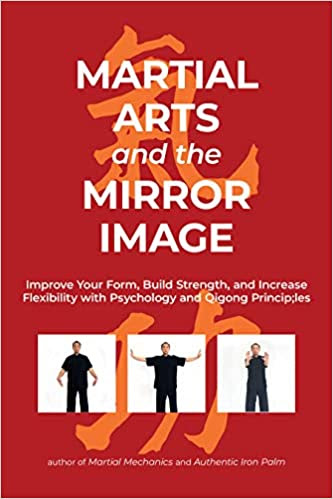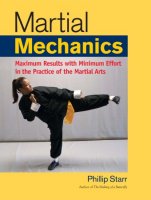by Yang Shuangxing
Many of the past masters of traditional martial arts were not well-educated people. In fact, some of them were barely literate. They couldn't explain why a certain principle worked; they knew that it just did. So, many of their students (who would become instructors themselves) had the same problem...they couldn't explain the “why” of something and some of them never really learned the principles in the first place (because their teacher didn't explain it fully).
Almost all learning, from school classrooms to group training in a martial art, was done by rote (learnning by watching and following along, over and over). In China today, it is still the same. Obviously, this is not an effective way to learn or teach. But it has been done for so long (since the time of Confucius) that it is pretty much carved in stone.
The masters of the past knew very little, if anything at all, about physics. Or anatomy. So they couldn't explain what muscles and tissues were involved in a given movement, or why. Students were expected to try to “get the feel” of certain movements without knowing how the (internal) tissues were involved.
Many of them wrote down what they understood about various principles; some were put into the form of “songs”, but they're often mistranslated and subsequently misunderstood today.
Then...instructors of various martial disciplines moved westward – to Europe and the U.S. And the problems were compounded; these hearty soulds were trying to teach arts that were peculiar to their Asian cultures in a second language...English!
Not only that, but numerous concepts that were/are readily accepted in Asian cultures have no accurate English equivalent! To compound the problem, even instructors who spoke very good English (like mine) didn't have the verbal skills to accurately communicate certain principles and the “why” and “how” of them. This was and is usually because anatomical structures and how they work isn't usually a part of most English classes... Another problem is that most of these principles have to be directlyexperienced before they can really be understood. They can't be taught on paper or even via videos. They require a “hands-on” approach taught by someone who can perform them skilfully (and there aren't many who can do that). Only by doing them correctly can one fully understand them. This would seem to be impossible, but it isn't. As my friend, the renowned master Hino Akira said with a big smile, “You cannot do it right until you do it right.”





















No comments:
Post a Comment